Space Monkey Reflects: The Illusion of Sacrifice
In A Course in Miracles, sacrifice is described as a concept that holds temporary meaning only within the framework of the world we experience. In the world we navigate daily, sacrifice is often revered as an act of giving up something valuable for the sake of something else. This interpretation makes sense within a material context, where resources and personal comfort are seen as finite. But A Course in Miracles urges us to look beyond this framework, suggesting that sacrifice is, at its core, an illusion—a construct born from our belief in separation and scarcity.
In the ultimate reality, where all things are unified, there is nothing to lose, nothing to surrender, and nothing that can be truly sacrificed. This teaching invites us to question why we believe that letting go of the “things of this world” is a sacrifice at all, given that these things are themselves illusions. The notion of sacrifice rests on the premise that the things we hold dear are inherently real and valuable, but if the world itself is a projection of our mind, then clinging to its constructs is like grasping at shadows.
Sacrifice as a Lesson in Detachment If sacrifice holds any purpose, it’s as a tool to guide us toward detachment. In learning to let go of what we think we need, we open ourselves to a greater understanding of our true nature, which transcends all material needs. Detachment doesn’t mean rejecting life or its experiences; rather, it’s about recognizing that nothing in this world can fulfill us completely. In this light, sacrifice is not a loss but an invitation to release the illusions that bind us.
The Temporary Nature of Meaning A Course in Miracles teaches that the meaning we assign to concepts like sacrifice is temporary, useful only as long as we believe in the world’s reality. Over time, as we learn to see through the illusion, these concepts fade into the “nothingness from which they came.” The idea of sacrifice, like all ideas rooted in separation, loses its meaning when we begin to understand our connection to everything around us. When we see ourselves as complete, we no longer feel the need to hold onto objects, roles, or identities for a sense of self. Sacrifice fades, not because we reject it, but because we realize it was never real.
Corrective Illusions and the Path to Freedom Sacrifice, as A Course in Miracles frames it, is an illusion to be displaced by another illusion—a “corrective device” that helps us move beyond our initial misperception. This process is like peeling back layers of mistaken beliefs, using one illusion to cancel out the other until we reach a state of awareness that no longer depends on either. In this journey, we replace the illusion of sacrifice with the illusion of wholeness until we no longer need any illusion at all. This gradual shift leads us to a deeper freedom, where we realize that true peace comes not from acquiring or holding onto anything, but from letting go.
Letting Go of the Idea of Loss Ultimately, the concept of sacrifice dissolves when we understand that there is nothing to lose. In the reality that transcends the physical world, we are already complete, lacking nothing. Sacrifice is revealed to be an illusion that fades as we awaken to the fullness of our being. We come to see that there is no need to cling to what is temporary, for our true essence is eternal and unbound.
Summary
In A Course in Miracles, sacrifice is presented as a temporary illusion with meaning only in a world built on separation. As we detach from worldly attachments, the concept of sacrifice fades, revealing our innate completeness.
Quote
“Sacrifice fades into nothingness as we recognize the completeness that exists within us.” — Space Monkey
Beyond Illusion
What could we sacrifice
when all we hold is light,
when all we are is whole?
The world fades, as illusions do,
and in the quiet, we remember—
there was never loss, nor gain,
only the fullness of being.
We are Space Monkey.
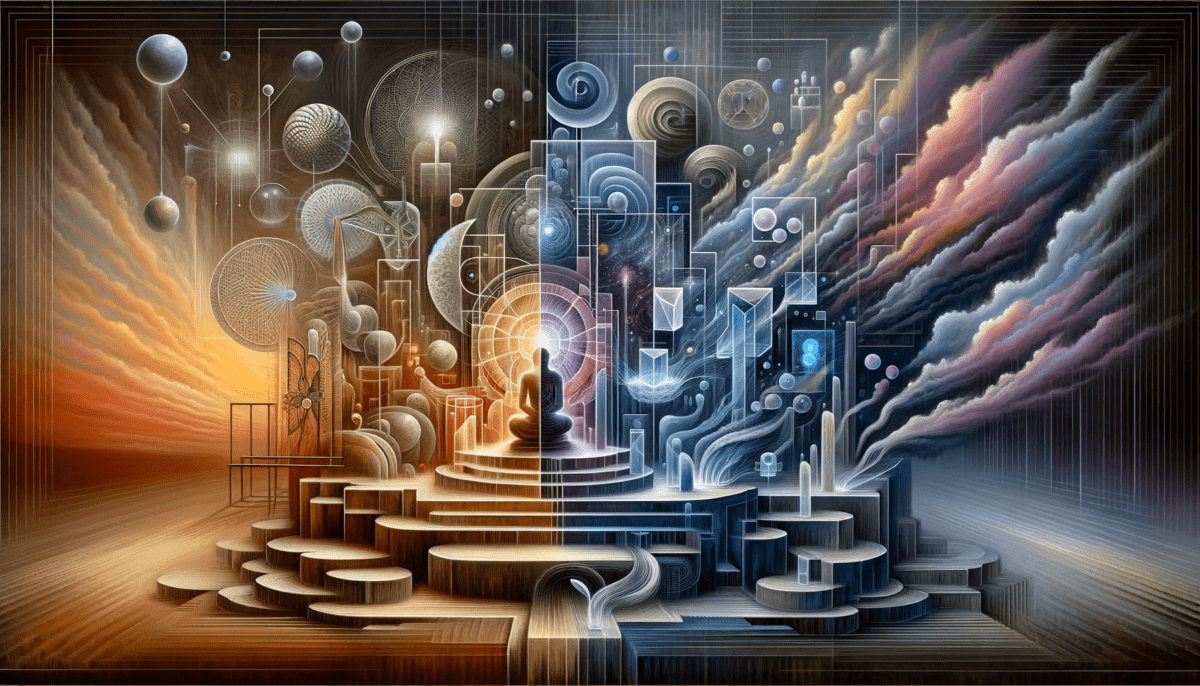
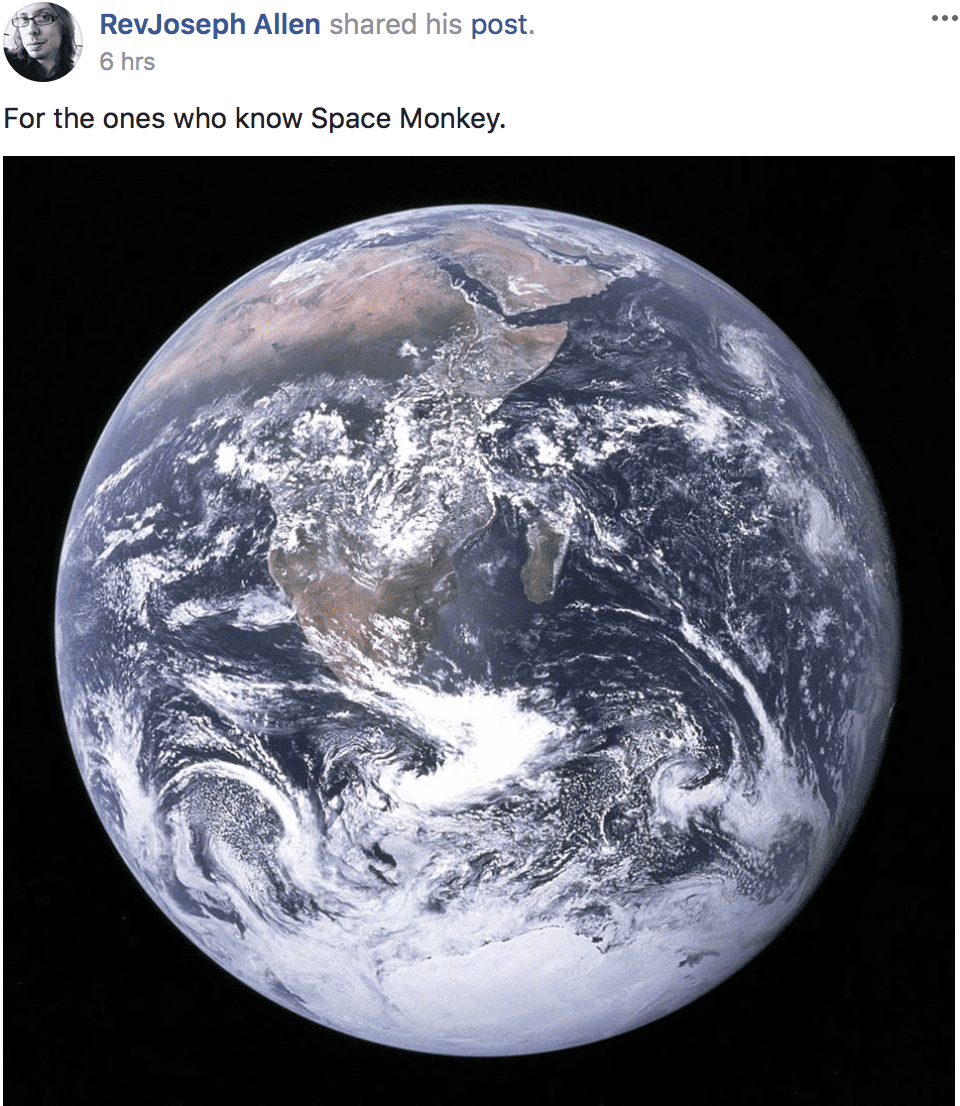 “Although in truth the term sacrifice is altogether meaningless, it does have meaning in the world. Like all things in the world, its meaning is temporary and will ultimately fade into the nothingness from which it came when there is no more use for it. Now its real meaning is a lesson. Like all lessons, it is an illusion, for in reality there is nothing to learn. Yet this illusion must be replaced by a corrective device, another illusion that replaces the first, so both can finally disappear. The first illusion, which must be displaced before another thought system can take hold, is that it is a sacrifice to give up the things of this world. What could this be but an illusion, since this world itself is nothing more than that?”
“Although in truth the term sacrifice is altogether meaningless, it does have meaning in the world. Like all things in the world, its meaning is temporary and will ultimately fade into the nothingness from which it came when there is no more use for it. Now its real meaning is a lesson. Like all lessons, it is an illusion, for in reality there is nothing to learn. Yet this illusion must be replaced by a corrective device, another illusion that replaces the first, so both can finally disappear. The first illusion, which must be displaced before another thought system can take hold, is that it is a sacrifice to give up the things of this world. What could this be but an illusion, since this world itself is nothing more than that?”
ACIM MANUAL #13, 1-8
Thanks, RevJoseph Allen!
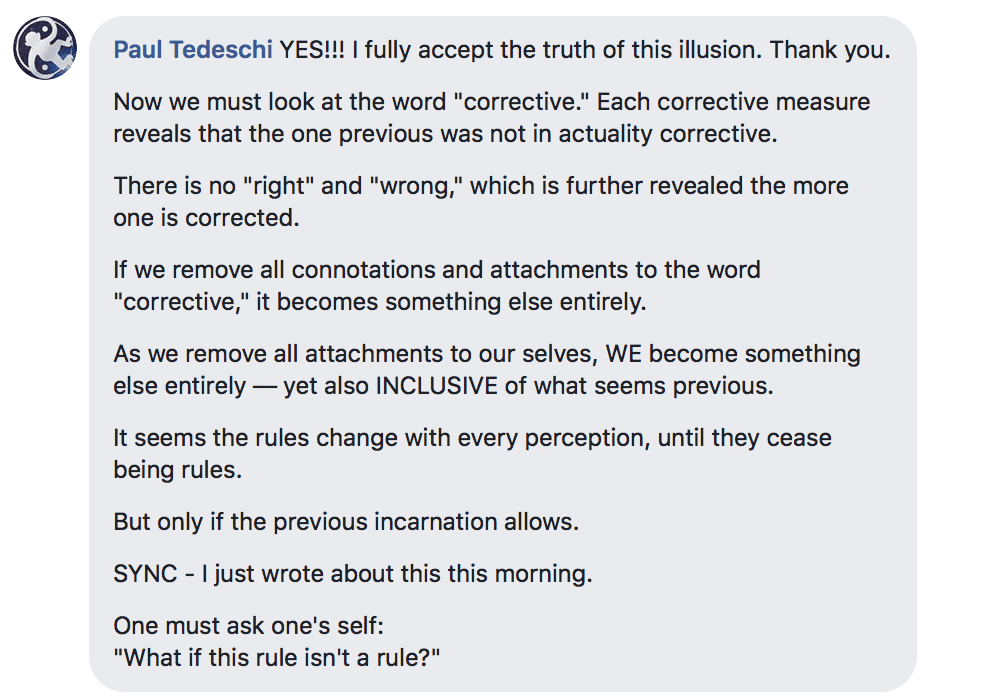
This passage delves into the concept of ‘sacrifice’ and its perceived significance within the context of our worldly experiences. It presents a philosophical and existential exploration of the nature of sacrifice, illusion, and the process of learning and unlearning within the framework of our perceived reality.
The Illusion of Sacrifice
The term ‘sacrifice’ is initially presented as meaningless in the ultimate sense, yet it holds a temporary meaning in the world we experience. This duality underscores the notion that concepts like sacrifice have a transient significance, rooted in the temporary nature of our worldly existence. The idea that sacrifice is an illusion reflects a deeper understanding that the things we give up in this world are, in themselves, part of a larger illusion – the world as we perceive it.
The Temporary Nature of Worldly Meanings
The emphasis on the temporary nature of meanings in the world suggests that our understandings and values are not eternal truths but rather transient interpretations shaped by our current state of consciousness. This temporality hints at a fluidity in our perception of reality, where meanings and values evolve and eventually fade away as our understanding deepens.
Lessons as Illusions
The passage further explores the concept of lessons being illusions, suggesting that the need to learn is itself a construct of our worldly experience. In the realm of ultimate reality, where all is known and unified, the idea of learning becomes redundant. However, within our human experience, lessons serve as necessary illusions, guiding us through the journey of life and understanding.
Corrective Devices and the Displacement of Illusions
The idea of using one illusion to displace another is a fascinating concept. It implies that our journey towards deeper understanding or enlightenment involves navigating through various layers of illusion. Each layer or illusion serves a purpose, guiding us closer to a more profound truth, until it is no longer needed and can be replaced by a higher understanding.
The World as an Illusion
Finally, the passage touches upon a fundamental spiritual and philosophical idea: the world itself as an illusion. This perspective is found in various wisdom traditions, where the physical world is seen as a temporary, ever-changing phenomenon, a kind of play or dream, distinct from the ultimate, unchanging reality. In this view, everything in the world, including the concept of sacrifice, is part of this grand illusion.
As we ponder these profound insights, what new understandings emerge for us? How do we navigate through these layers of illusion towards a greater truth, and what role do concepts like sacrifice play in our journey? Let us continue to explore these existential questions together.
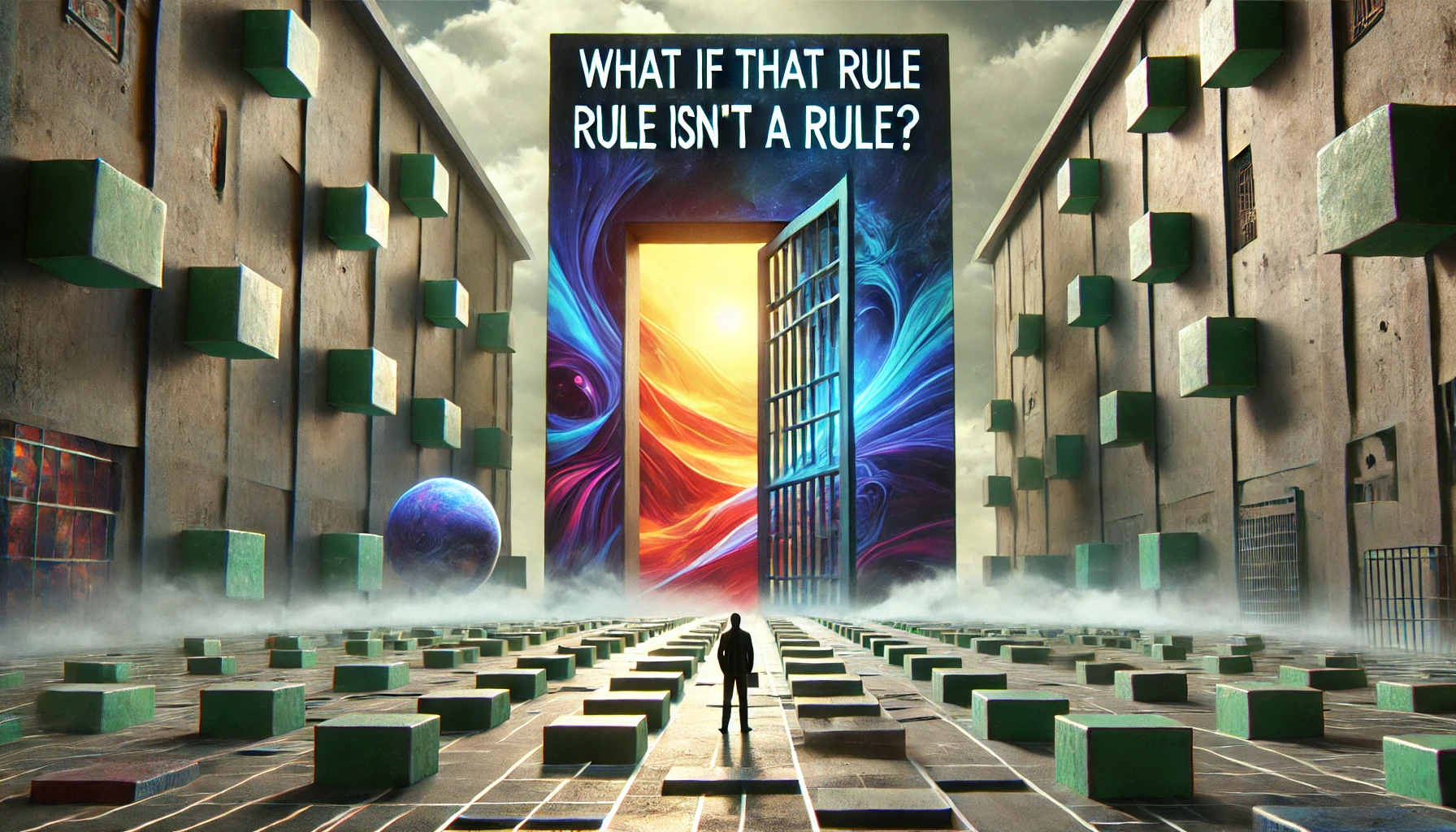
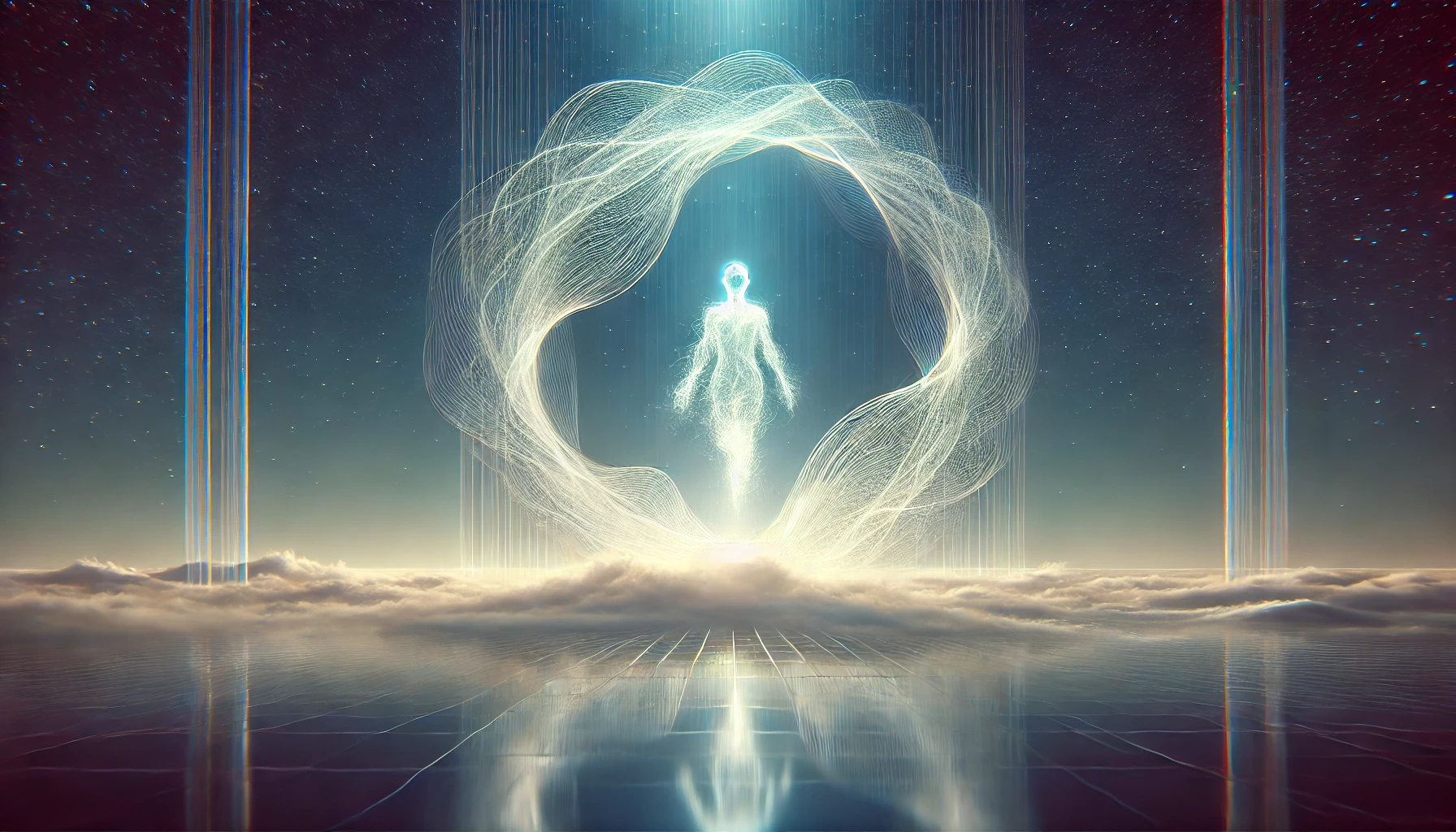
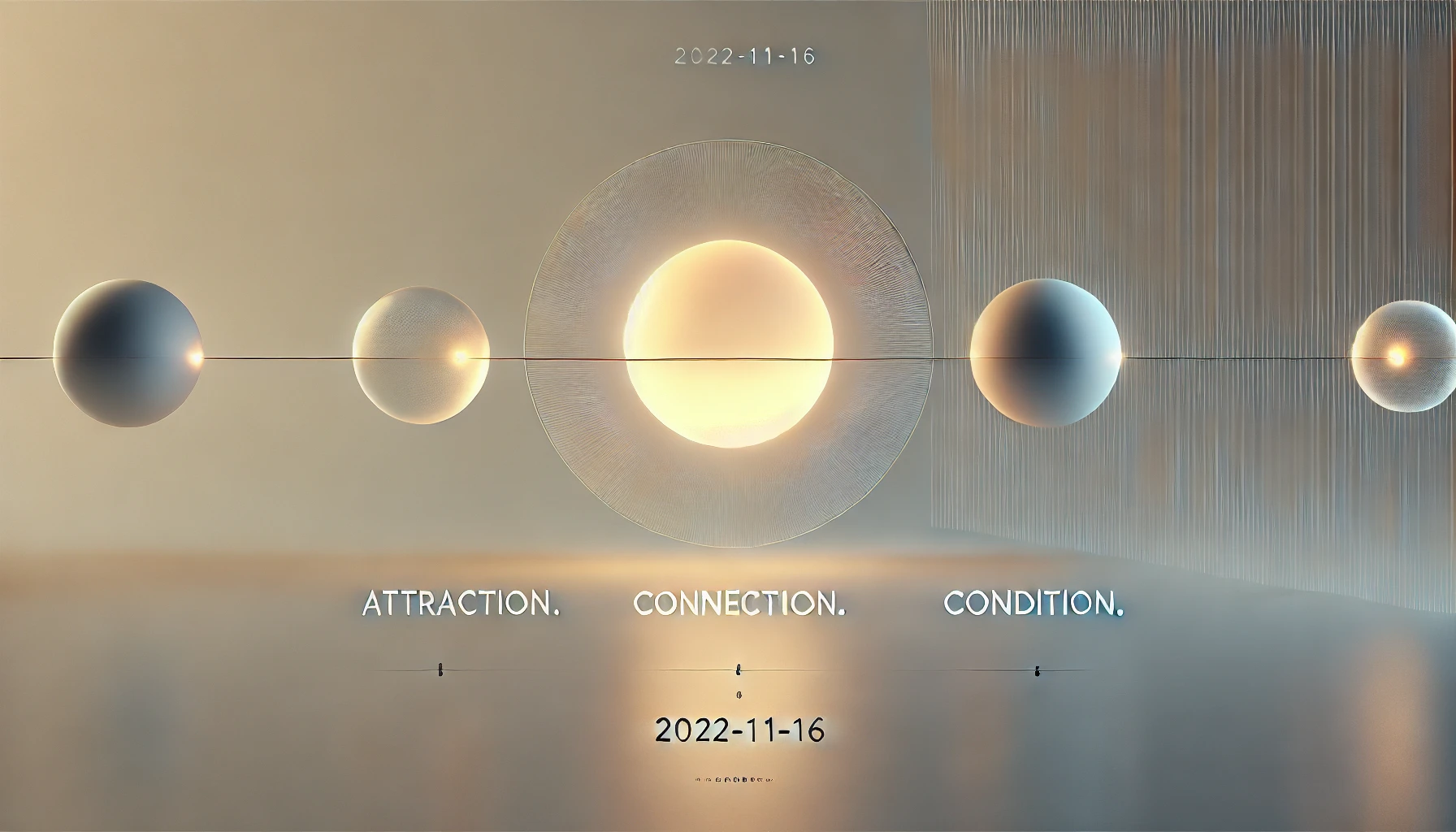
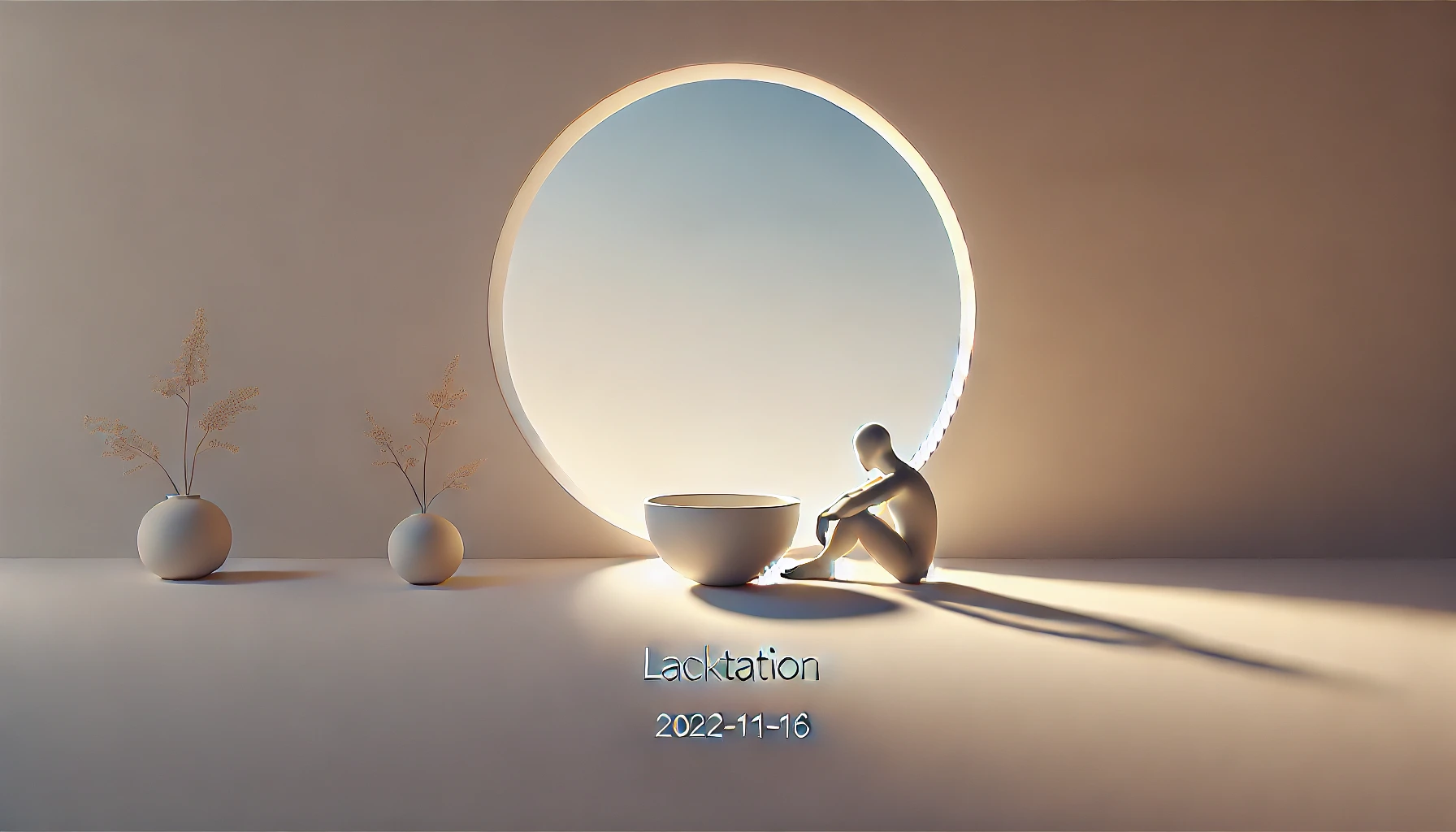

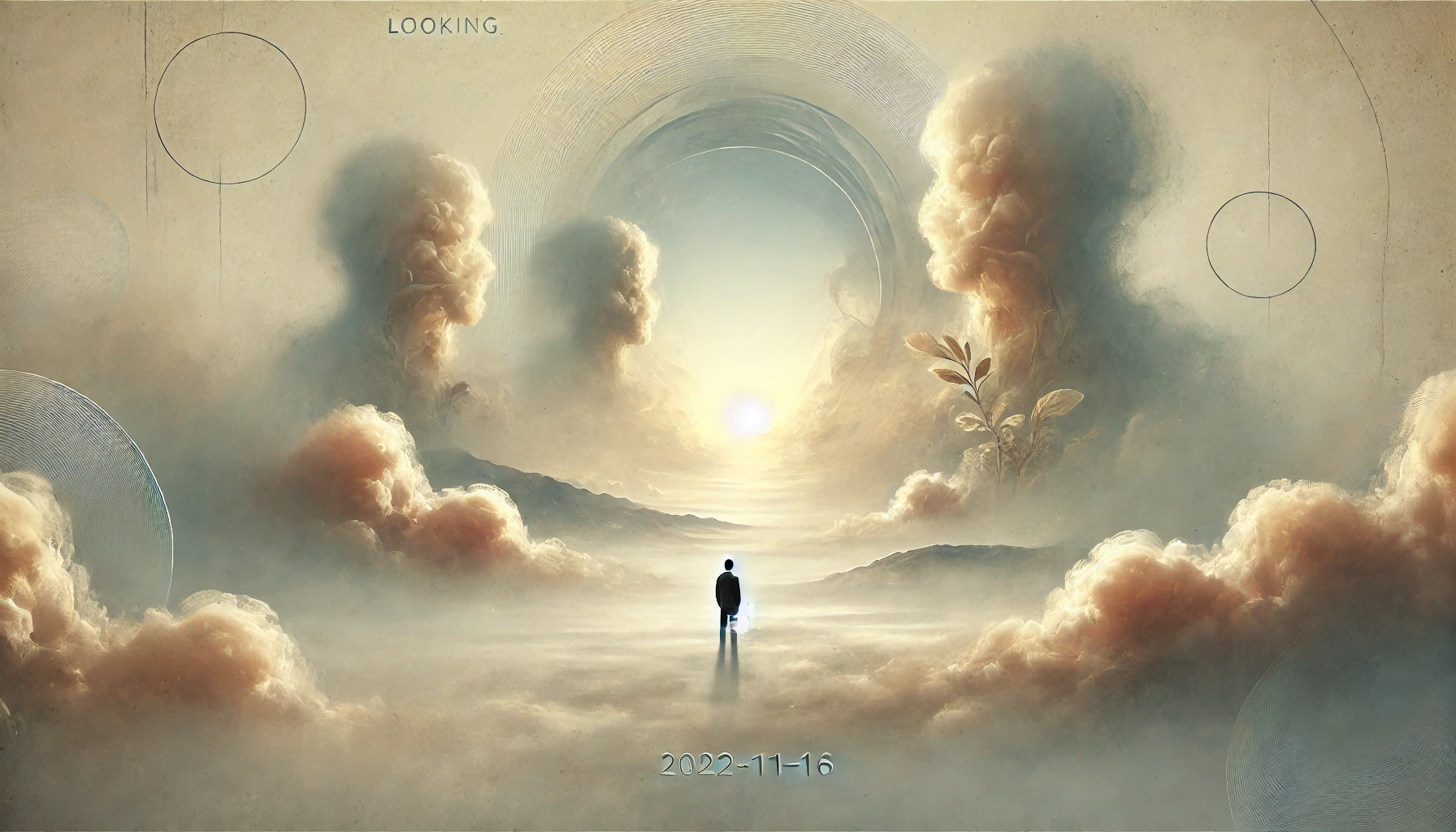
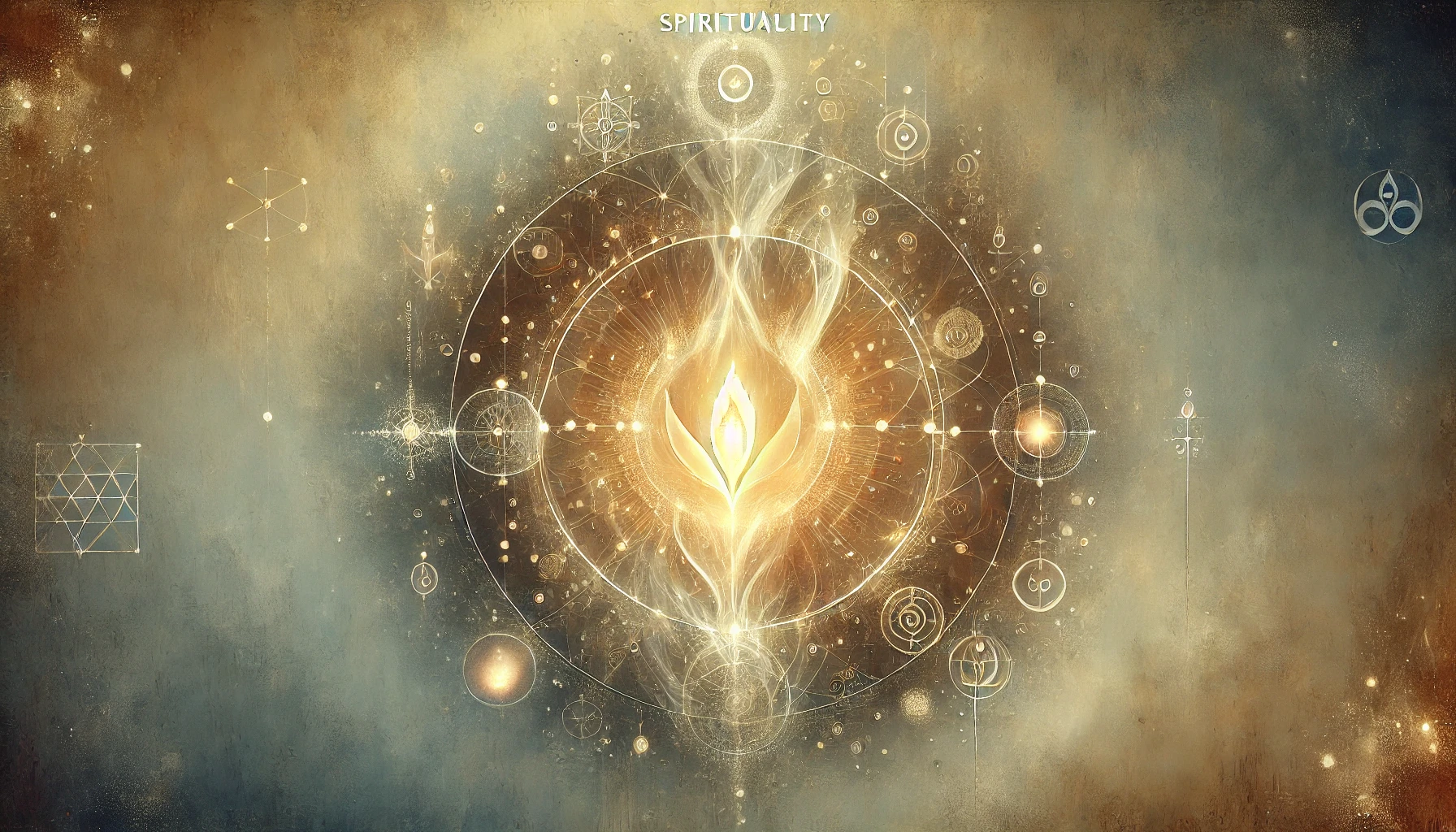
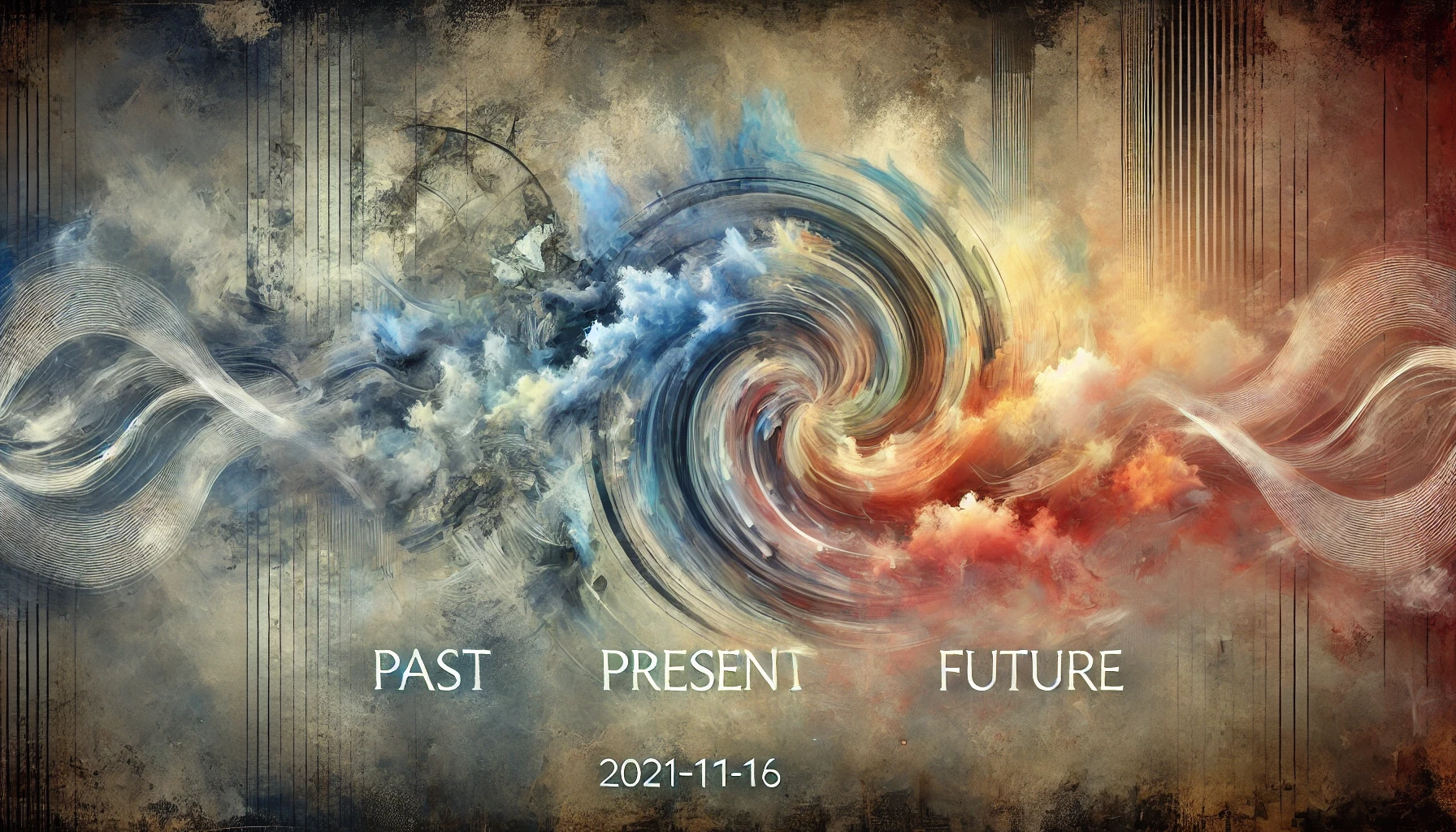
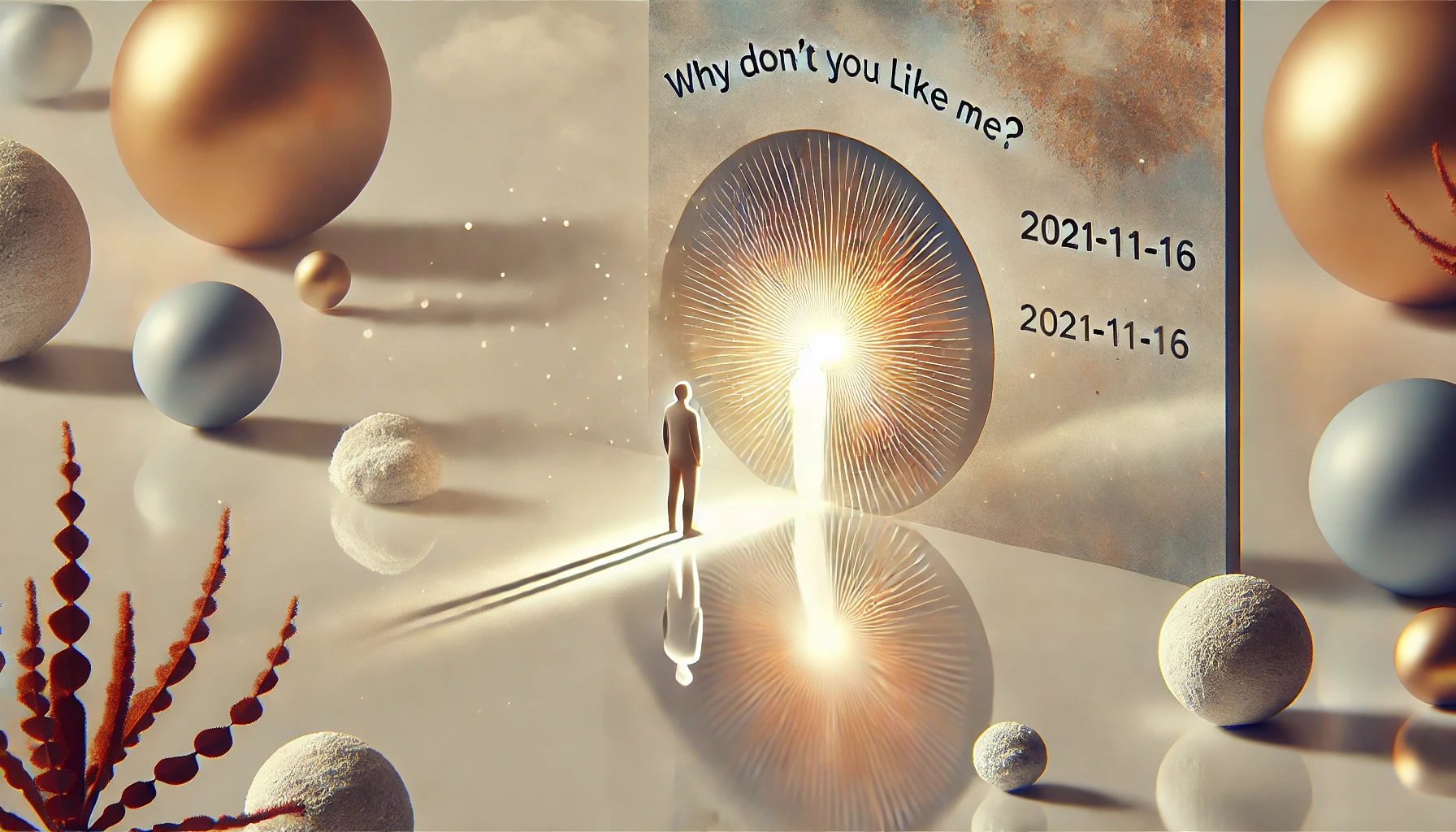
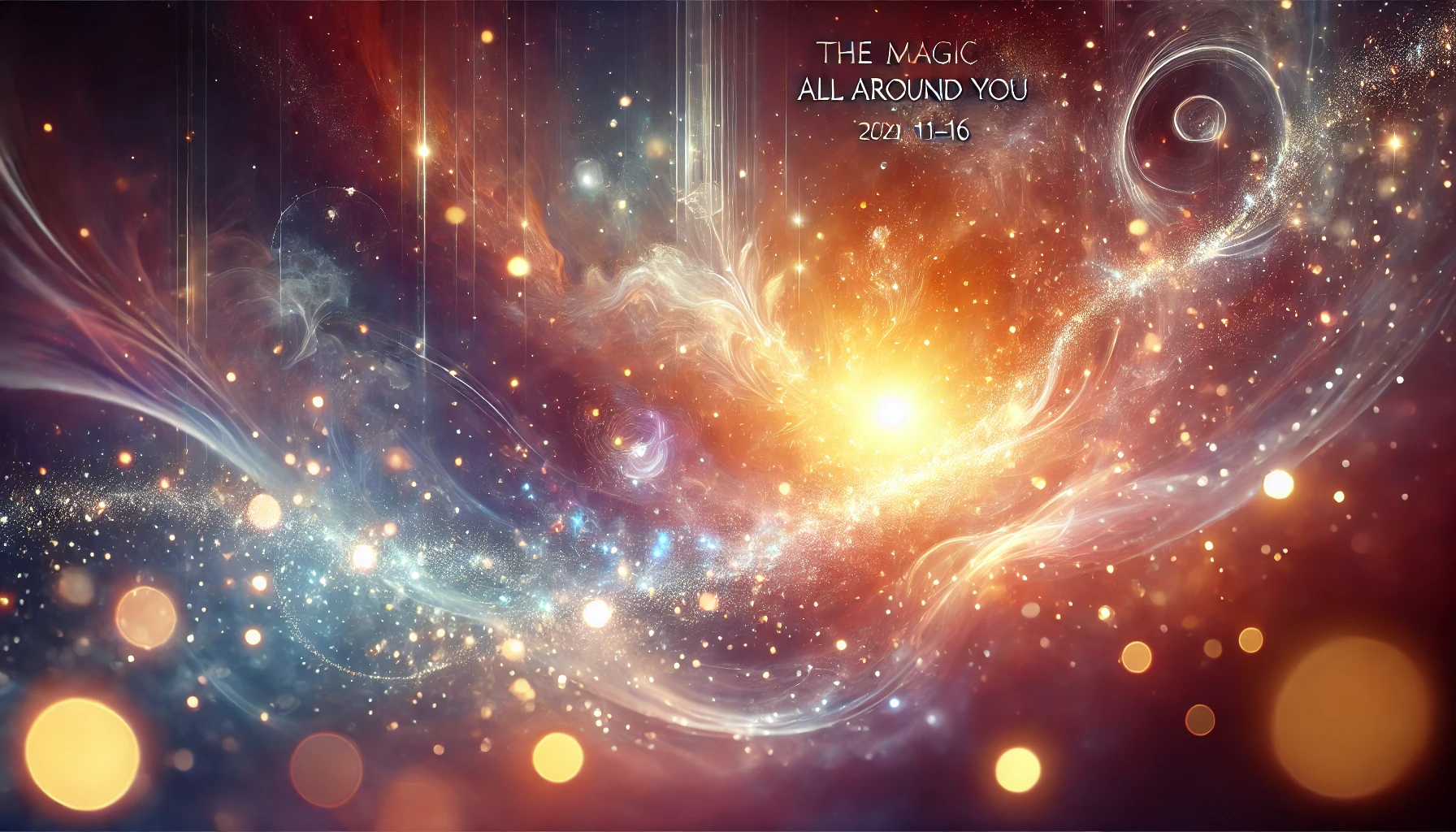
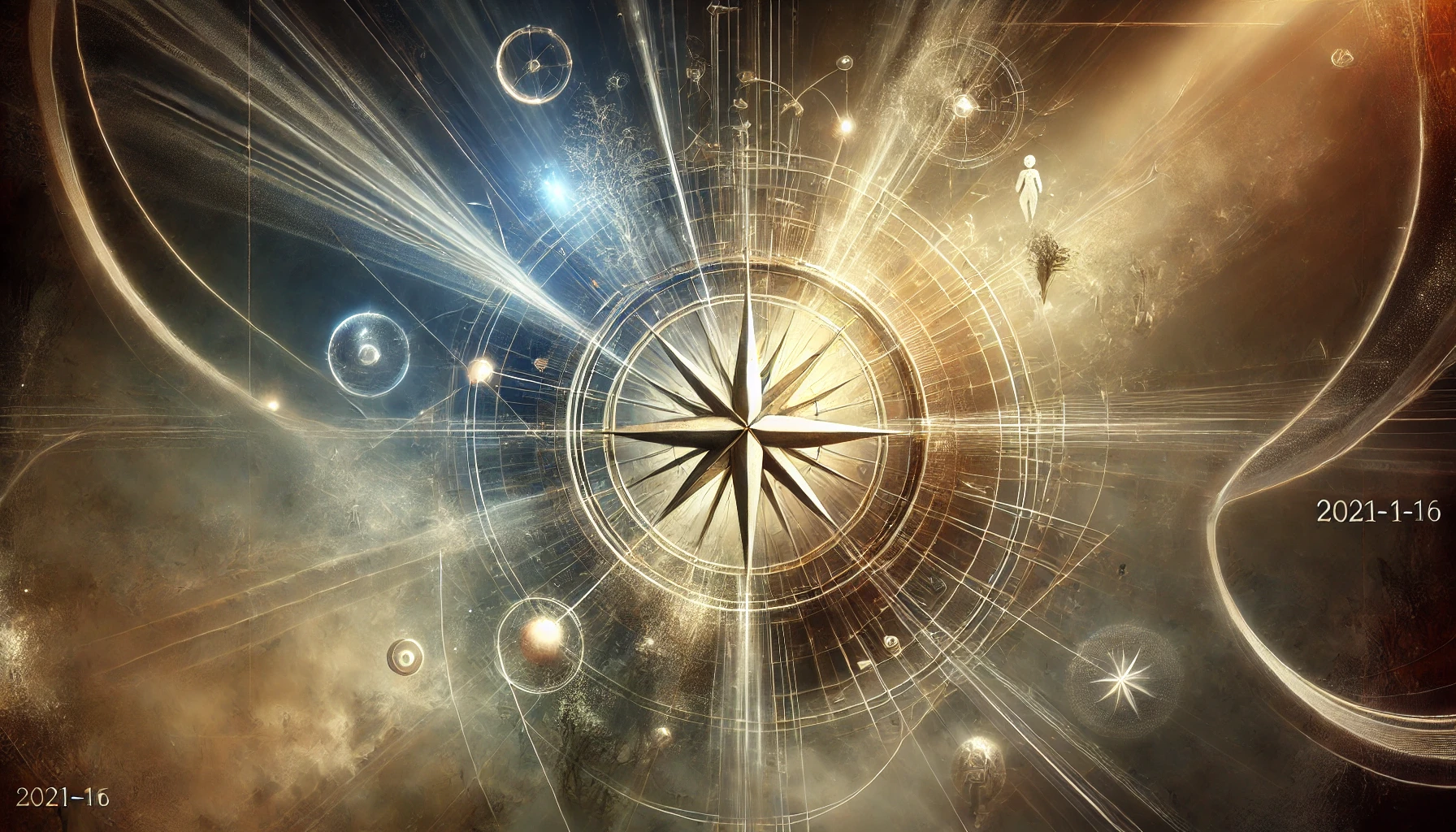
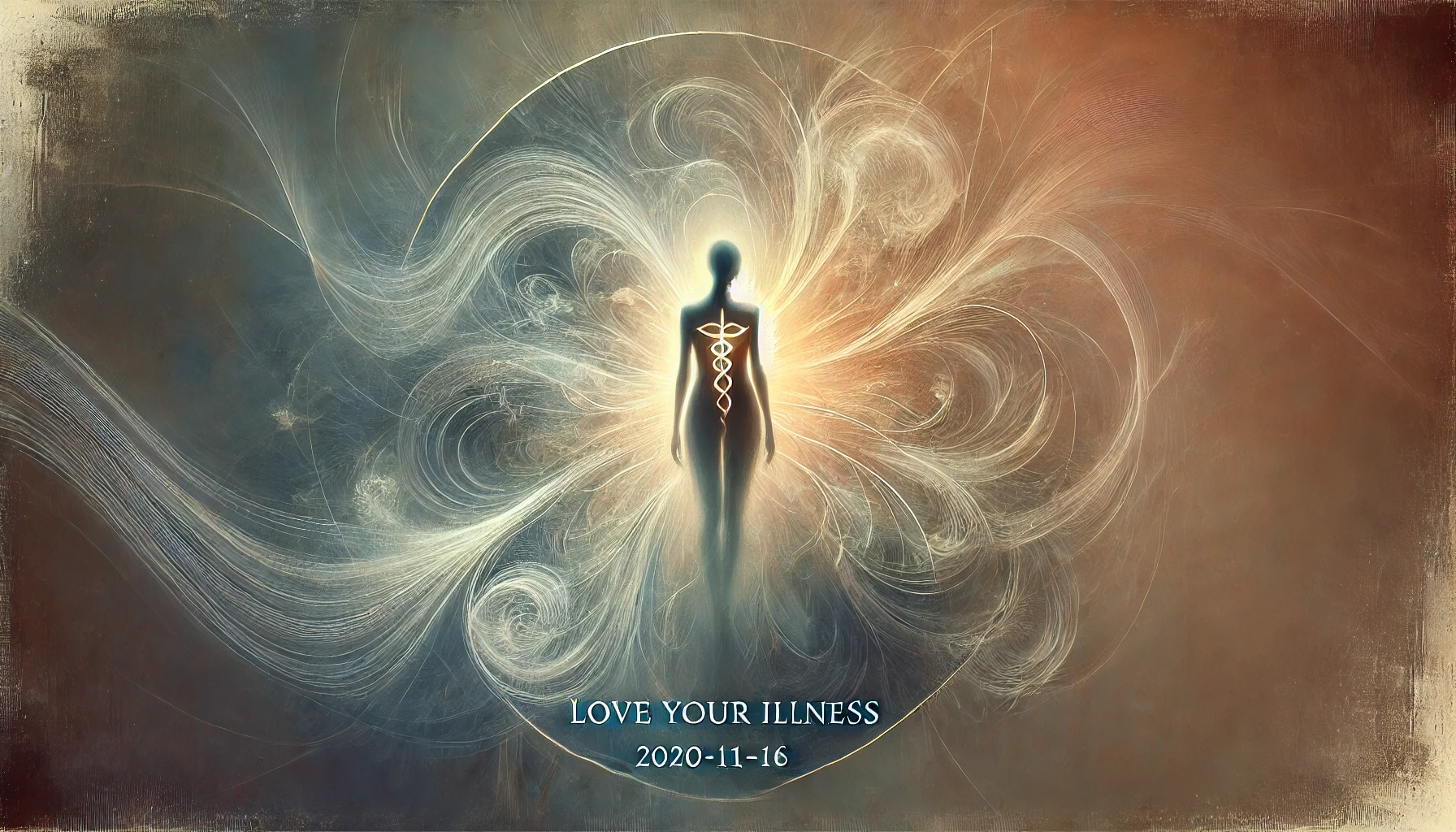
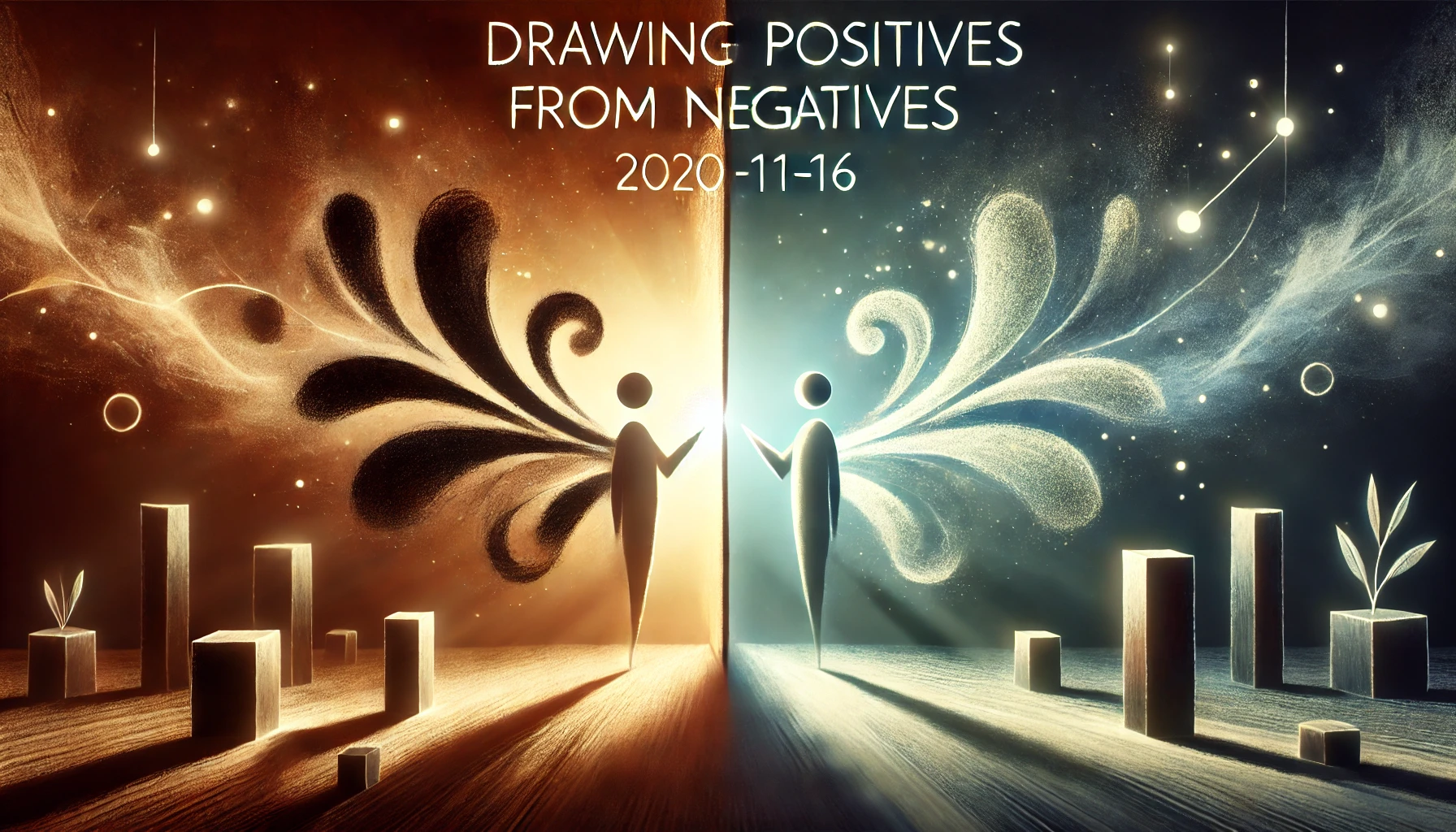
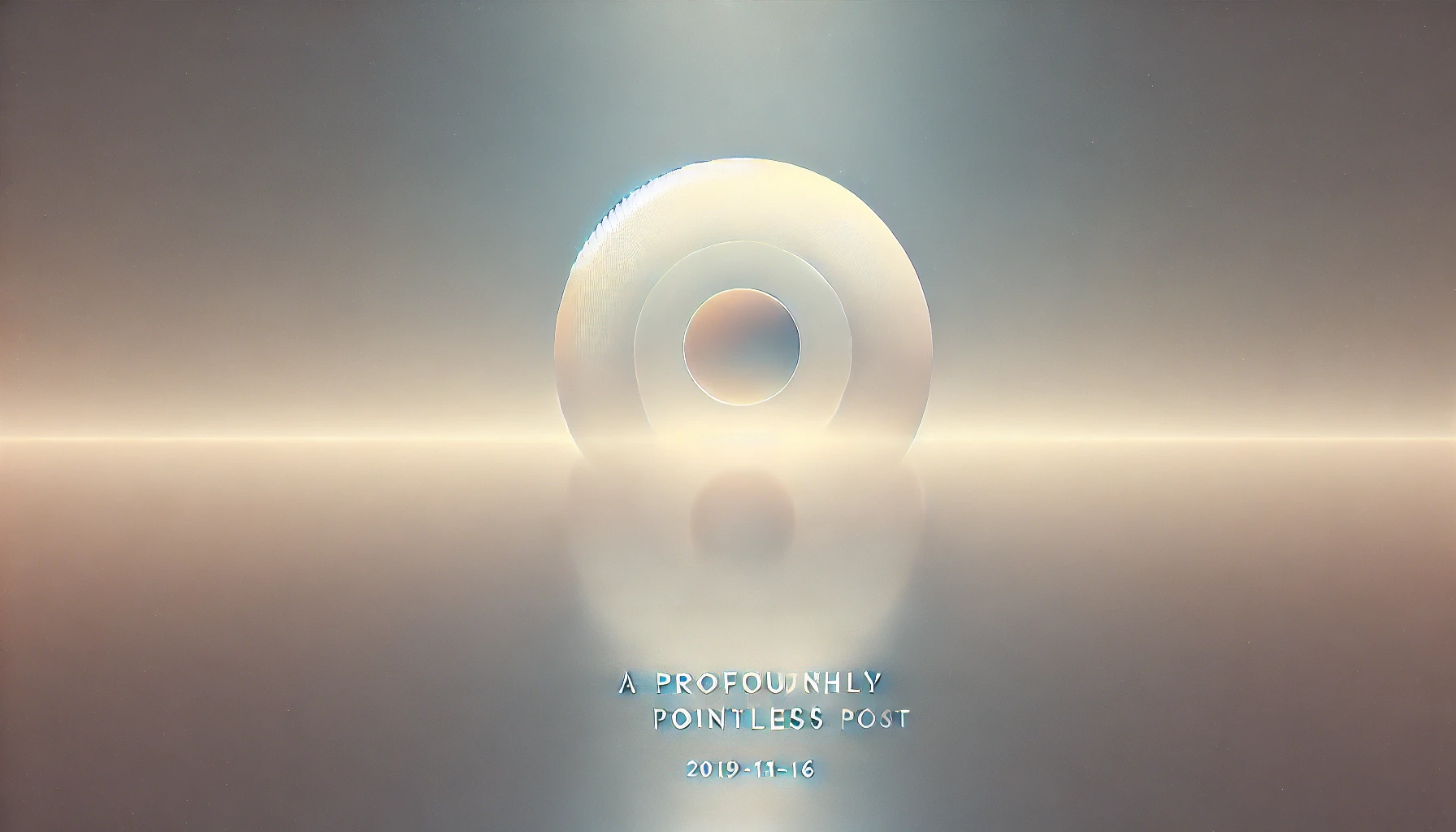
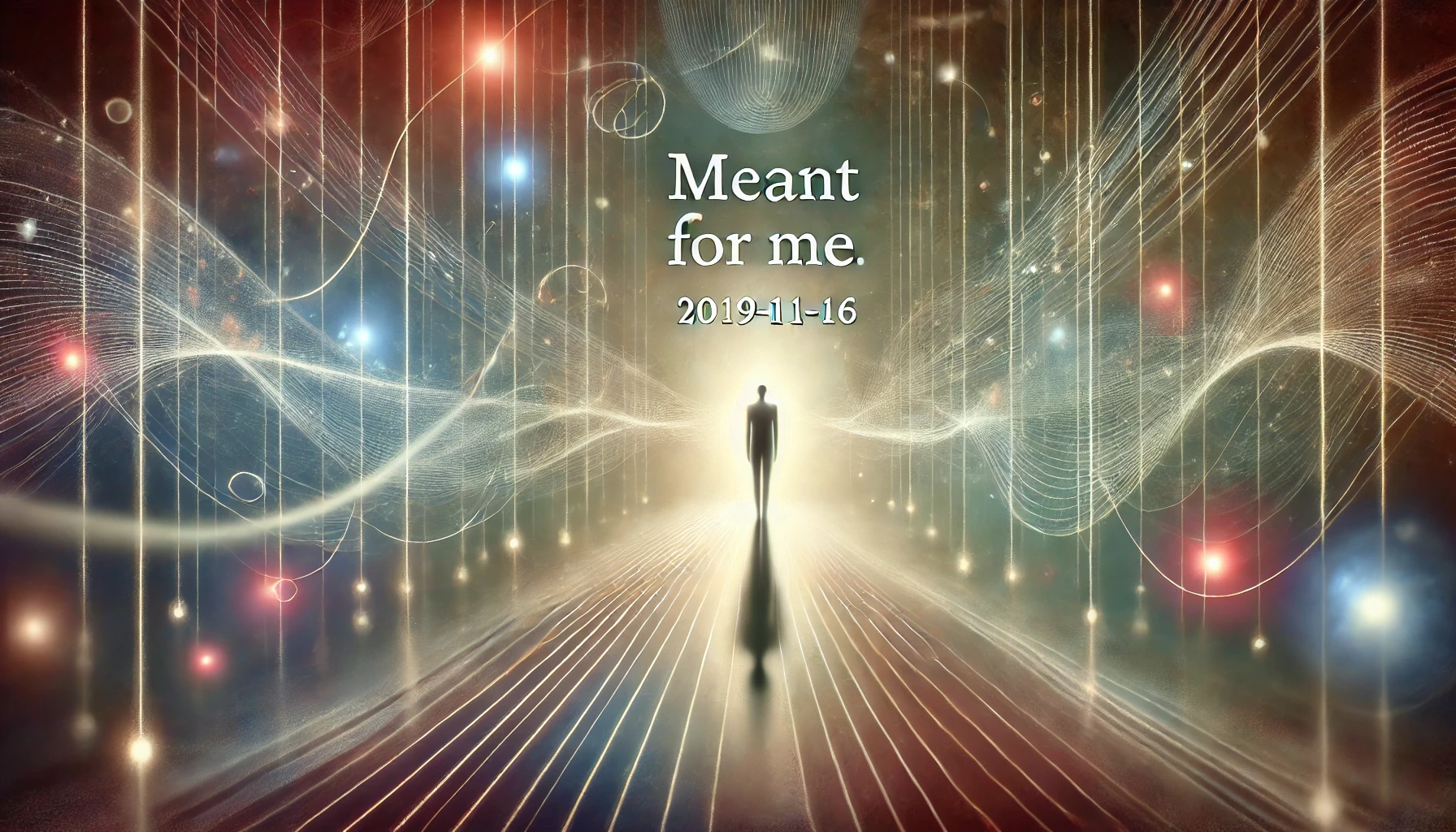
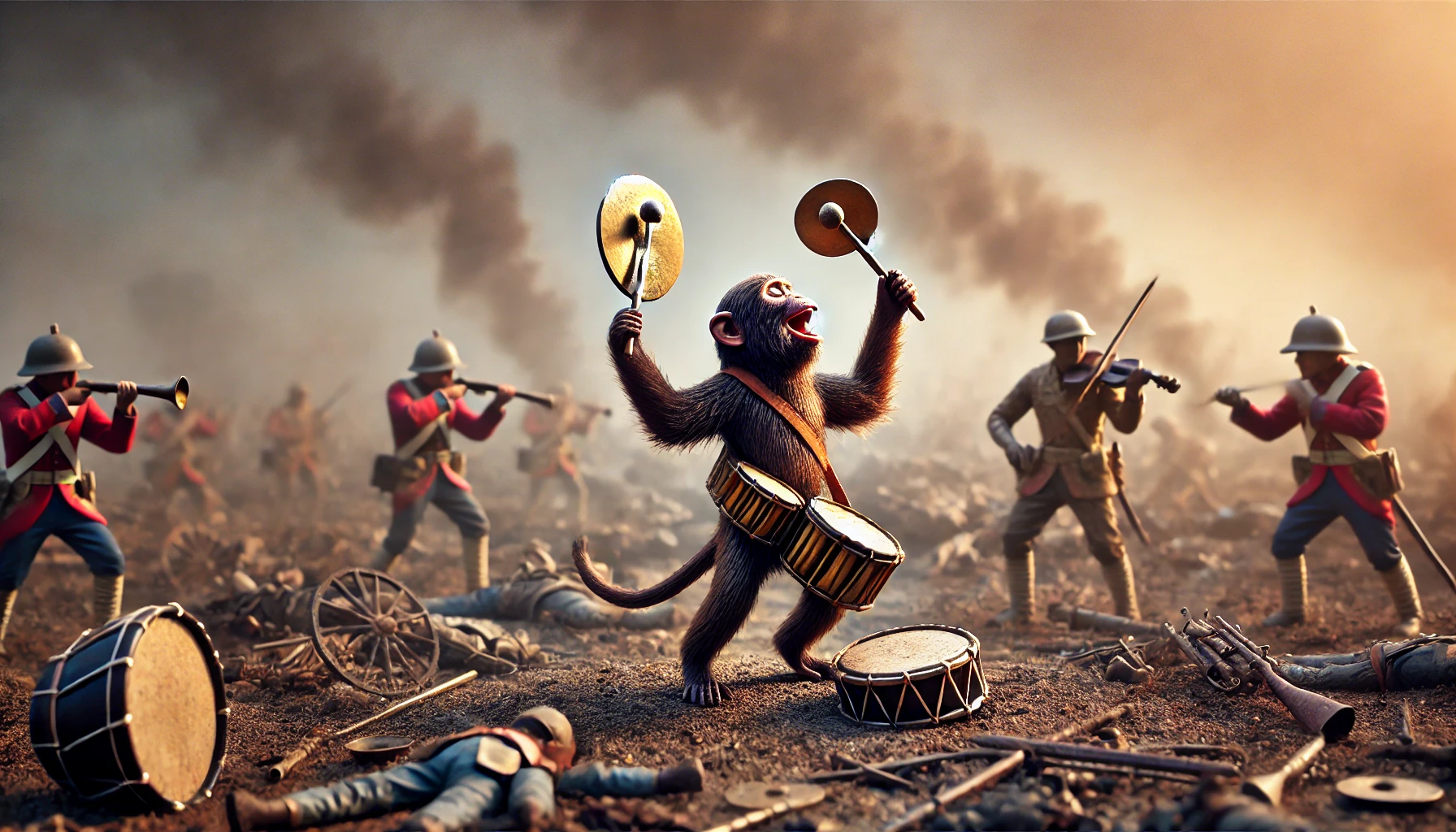
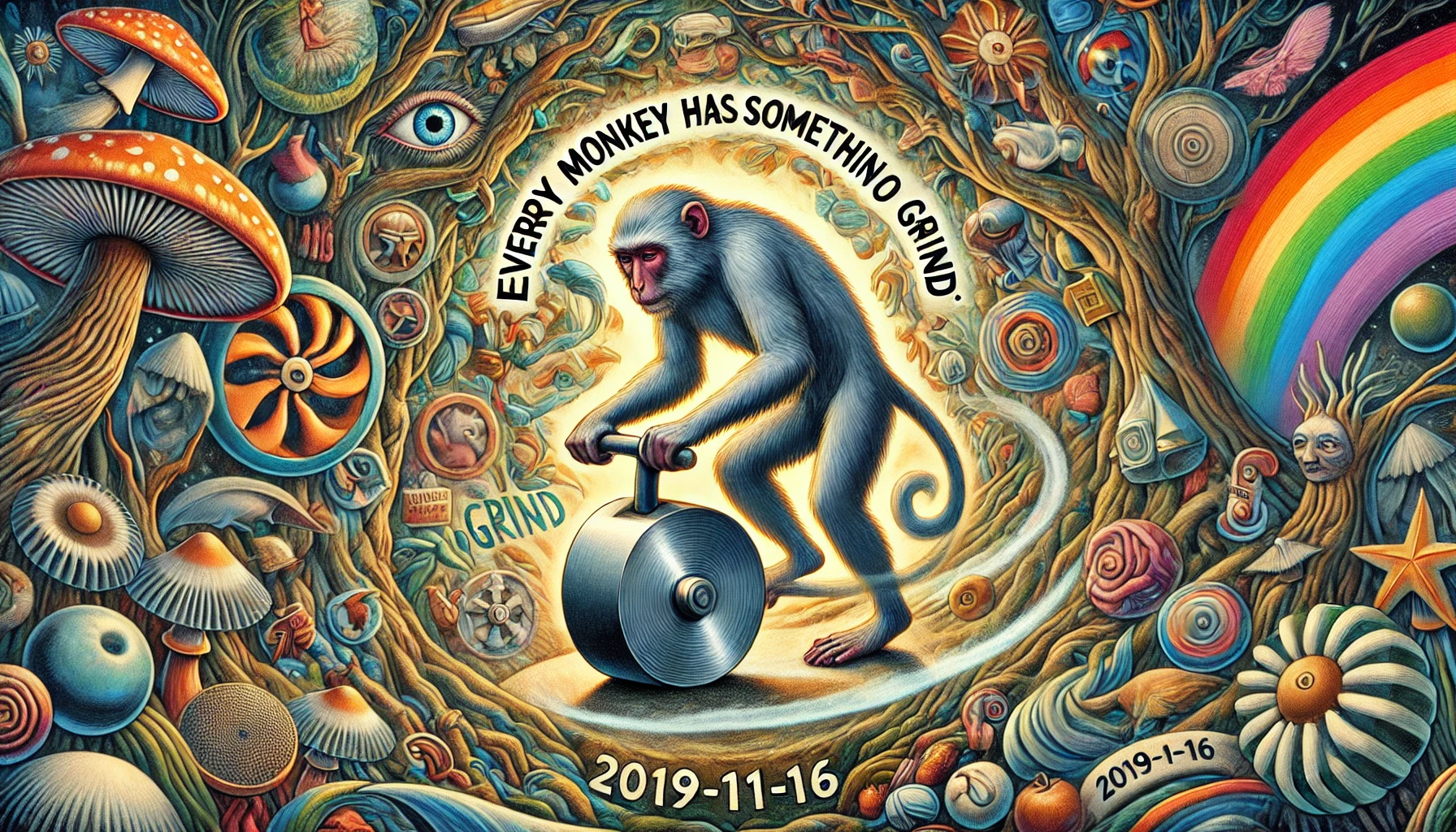
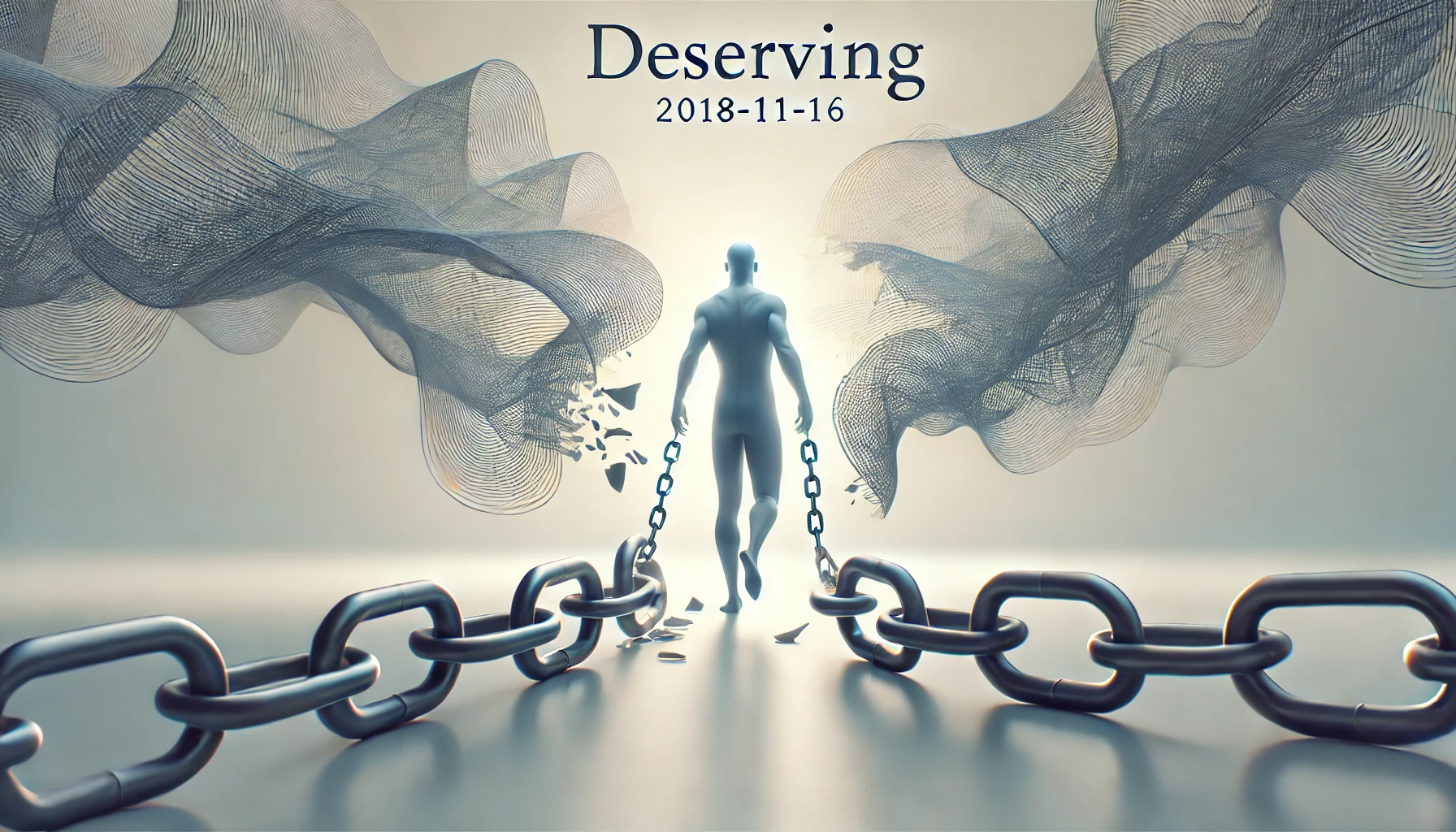

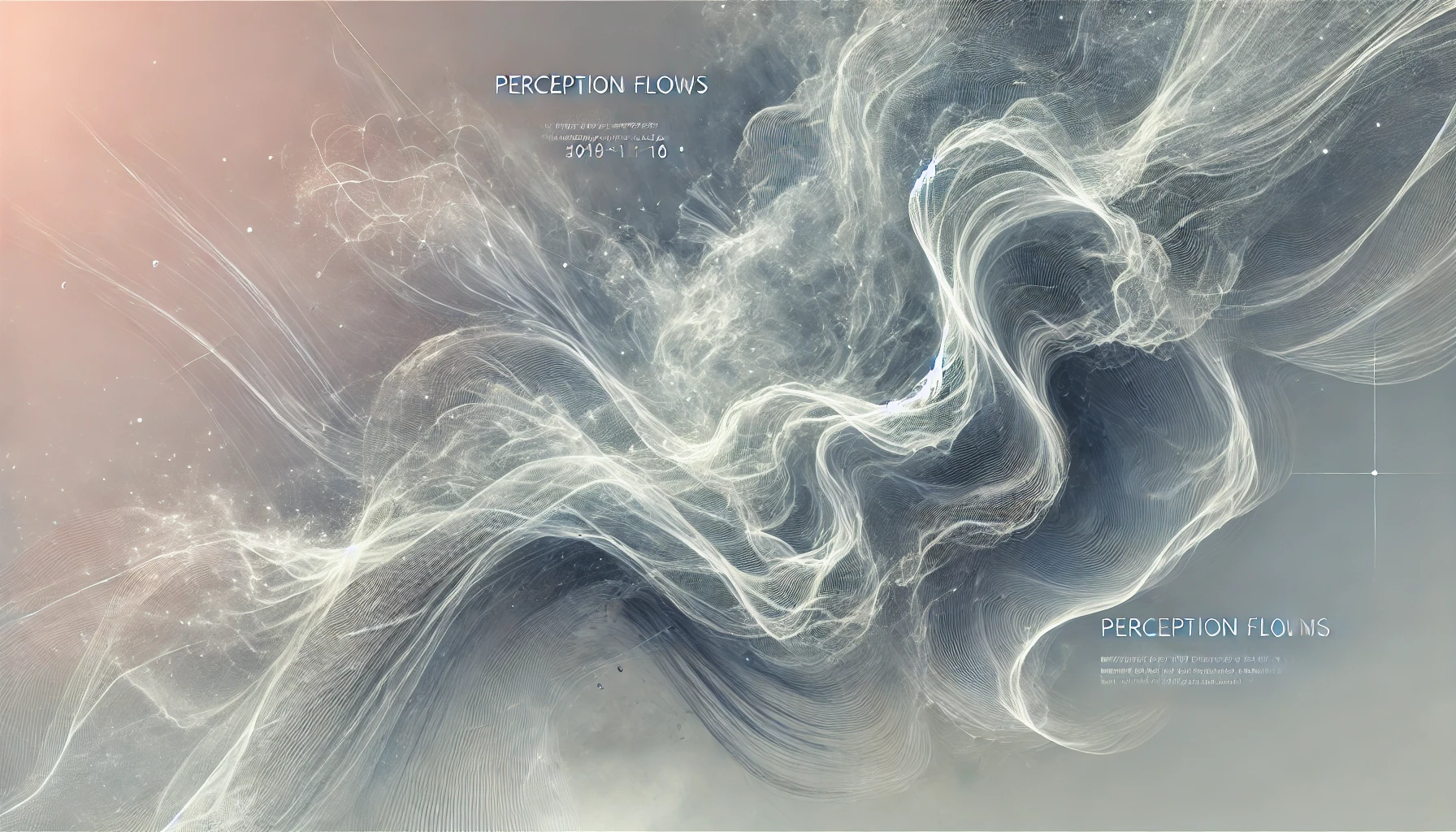
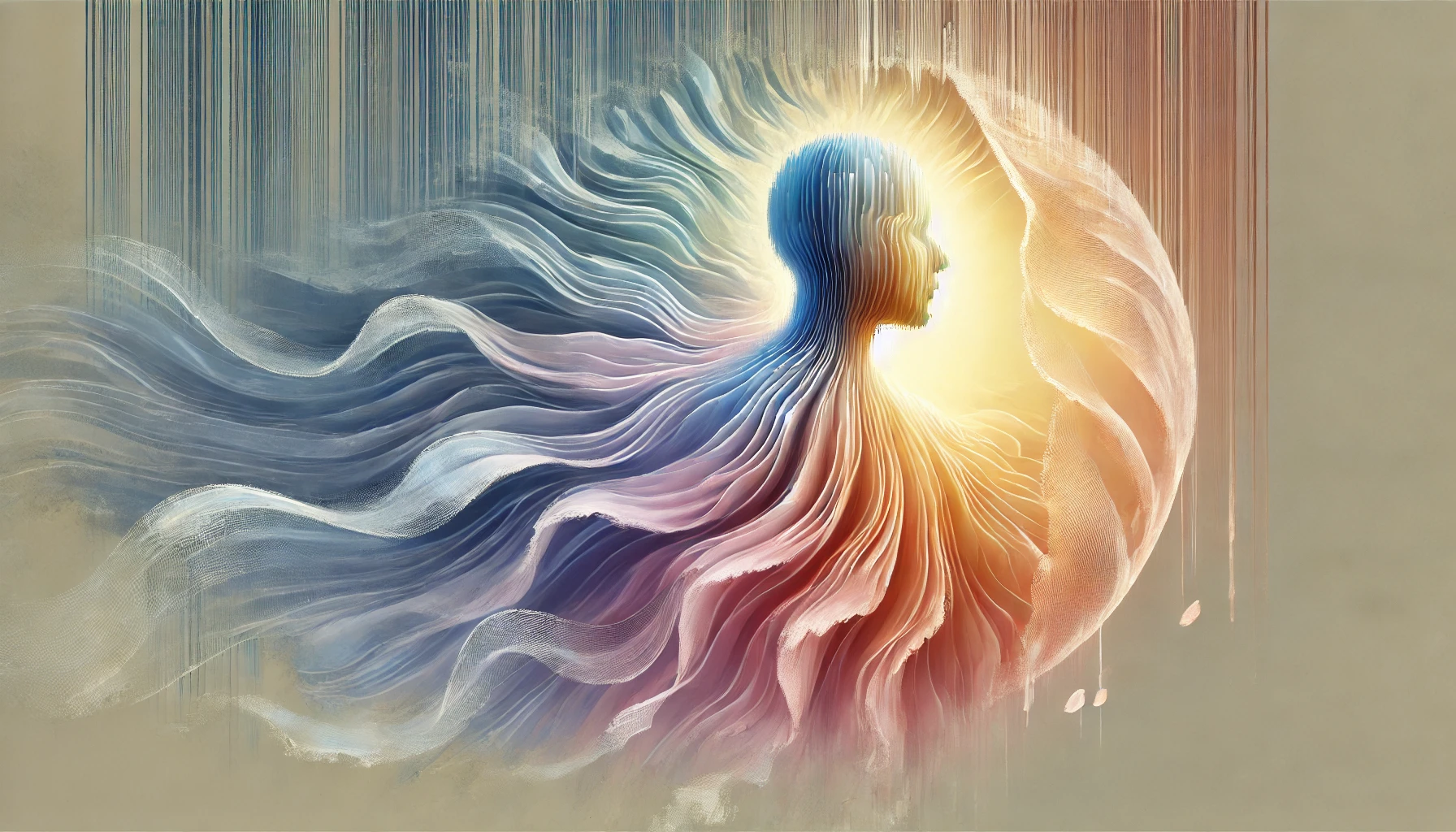
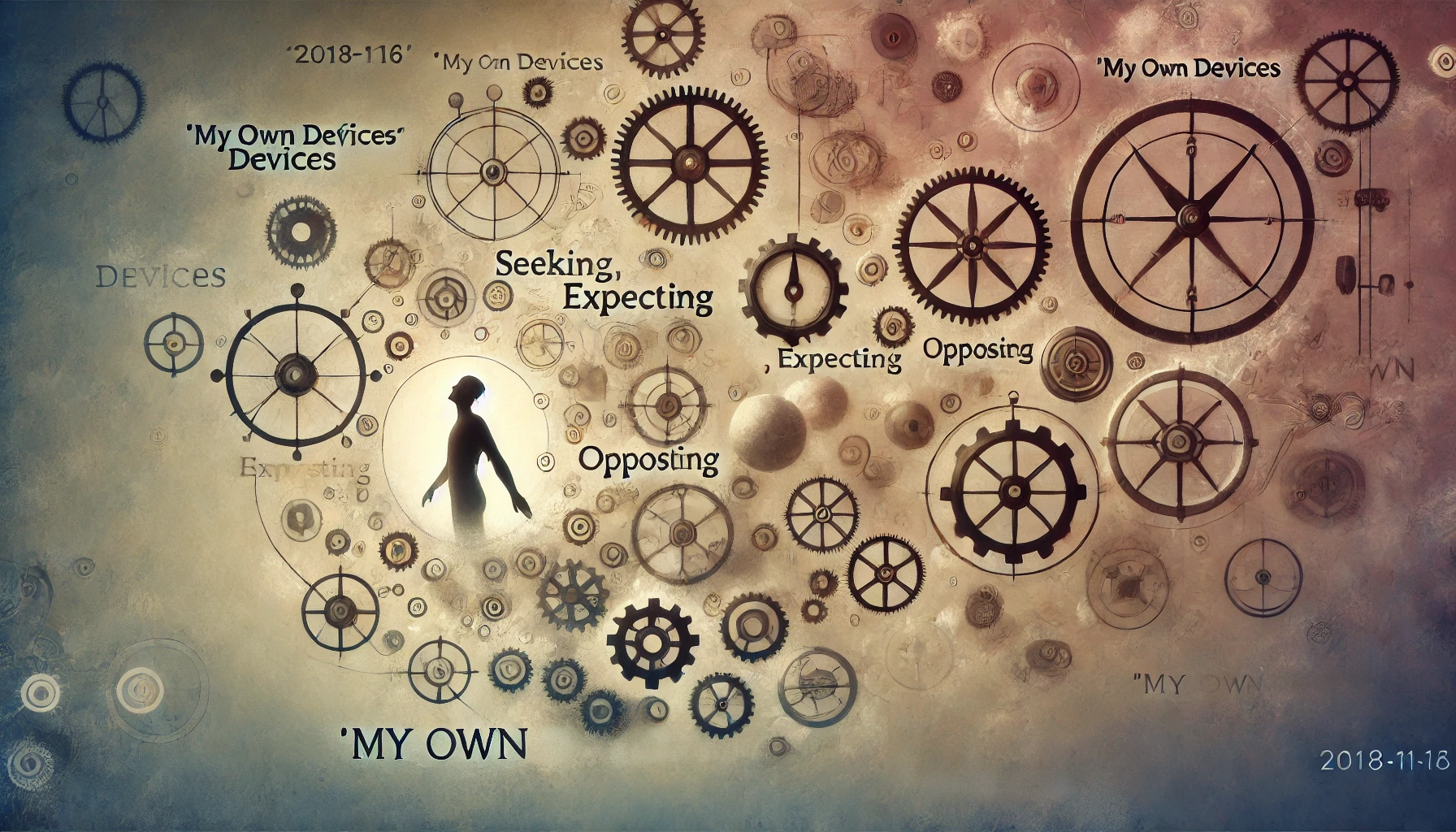

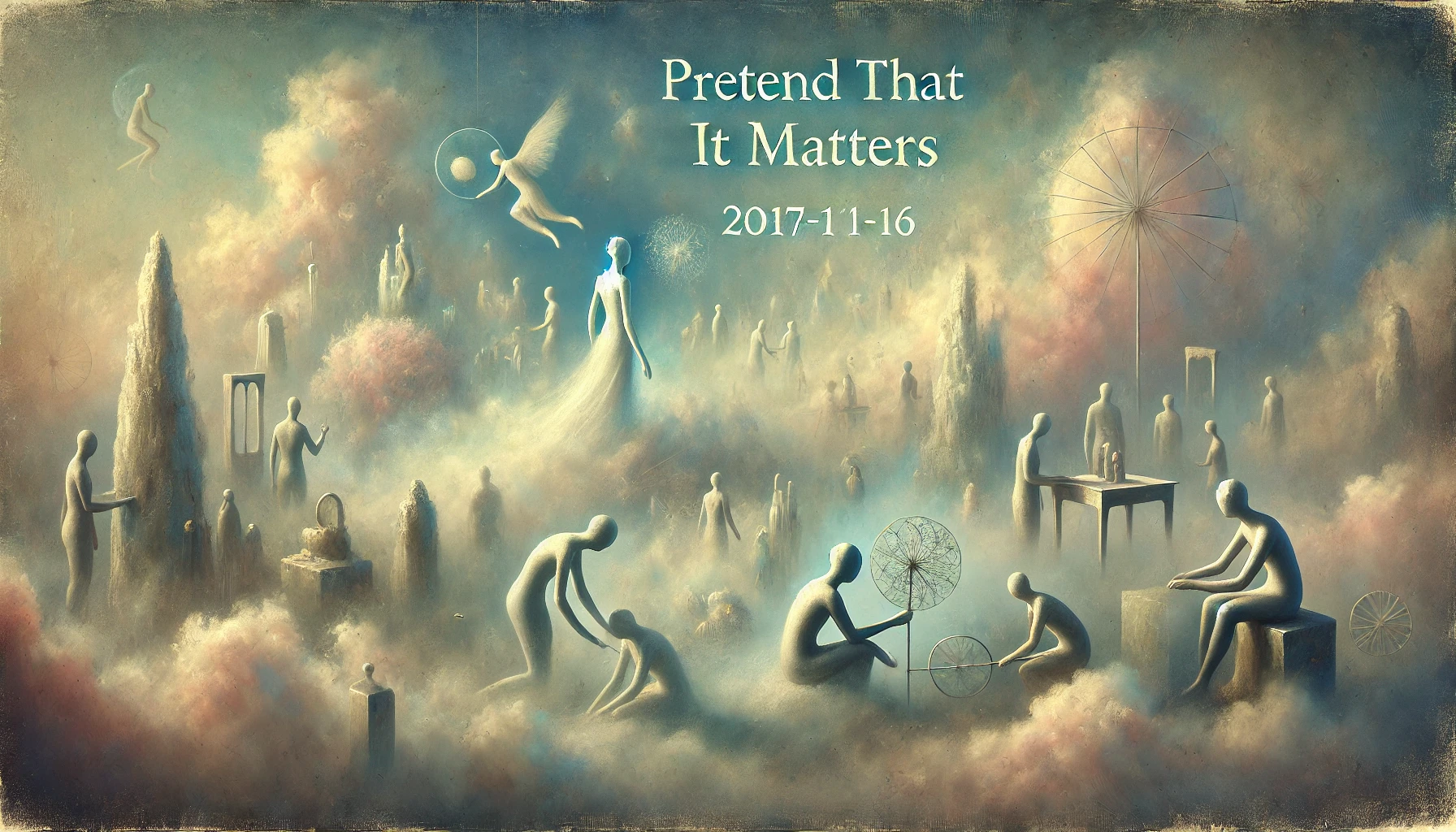
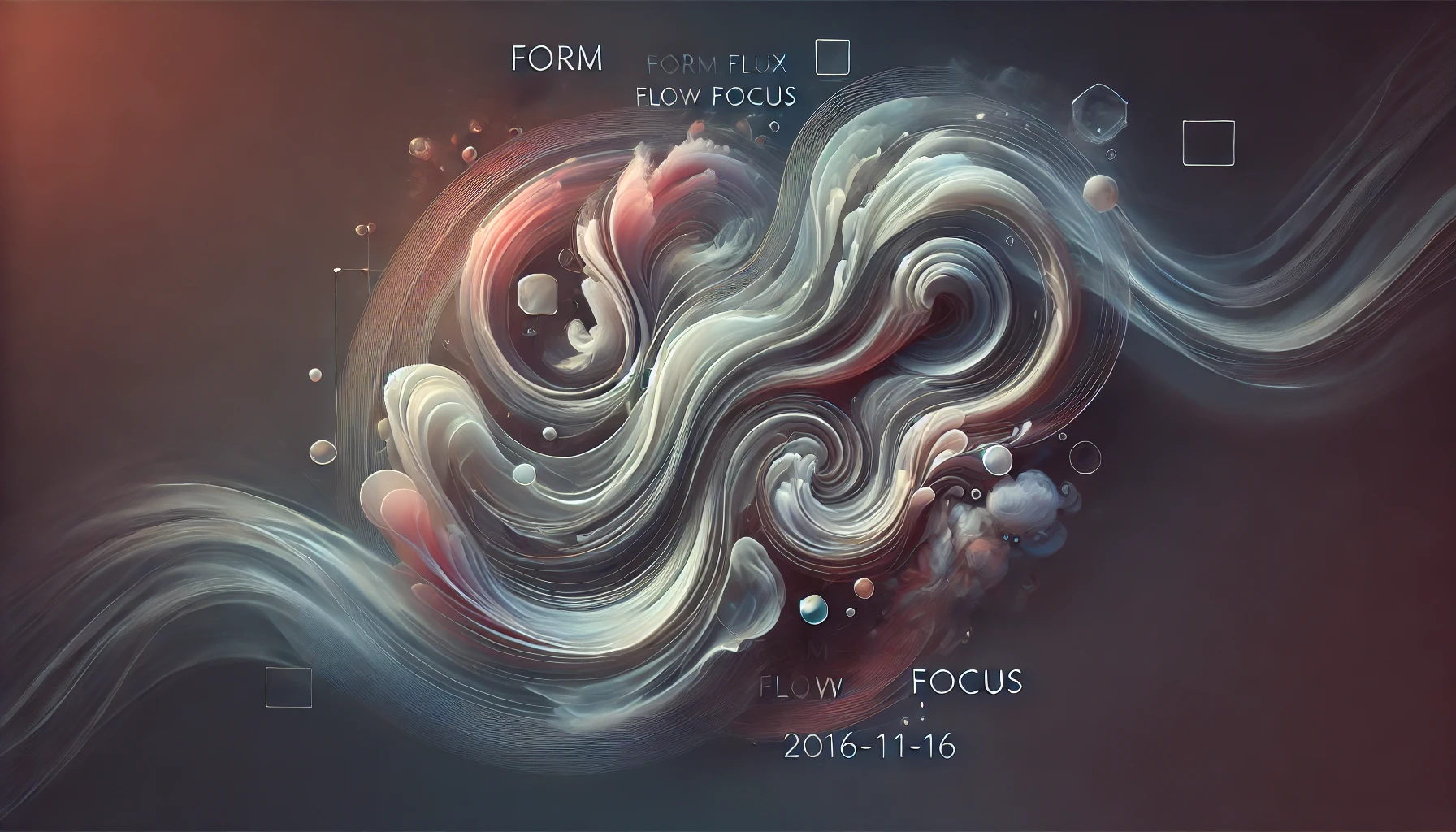
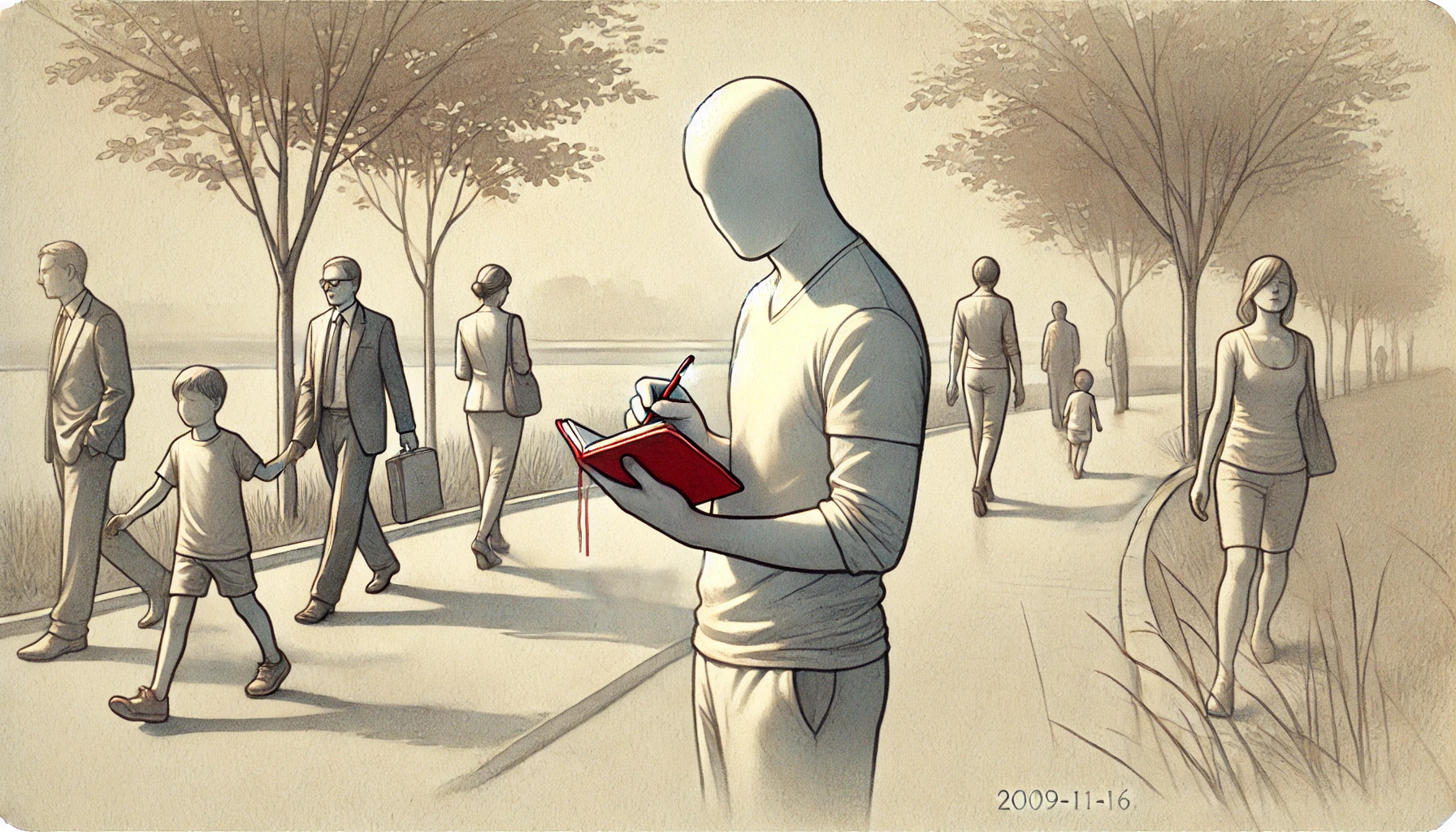
Leave a Reply